Bangladesh's 161 million inhabitants are facing "a one in 20-year flood event that we are having now for the fifth time in the last two decades" as the climate crisis devastates the country with a third of the country under water.
The floods started late last month, and after briefly easing continued to worsen, destroying crops and driving people from their homes in several impoverished regions
Around a third of Bangladesh is underwater due to recent catastrophic flooding and the climate crisis has played a role in the devastation, according to experts.
The widespread flooding, which has displaced millions of vulnerable people and caused more than 100 deaths, follows the deadly super-cyclone Amphan which hit the region in May.
The catastrophes bear witness to the fundamental imbalance of the climate emergency: That developing countries like Bangladesh, which have historically contributed little to the pollution driving increased temperatures and rising sea levels, will suffer the greatest impacts....
Dr Saleemul Huq, director of the International Centre for Climate Change and Development (ICCCAD) in Bangladesh, told The Independent that the "fingerprint" of climate change could be seen in the magnitude of the recent disasters.
"I think that this is definitely linked to climate change," Dr Huq said. "This is a one in 20-year flood event that we are having now for the fifth time in the last 20 years.
"The events didn't happen because of climate change but they are definitely more intense because we've interfered with the climate system."
In May, super-cyclone Amphan tore through coastal areas of Bangladesh, a low-lying, heavily-populated country of 162 million people, along with neighbouring regions of India. The cyclone killed more than 100 people and impacted at least 1 million, according to the United Nations, wiping out villages and essential infrastructure with the cost of damage estimated at $11.5 billion.
Torrential monsoon rains this month have compounded the suffering, sending water rushing from hilly areas and causing dangerously high water levels in two of Bangladesh's major rivers, the Brahmaputra and the Meghna.
Millions of Bangladeshis have little in the way of resources to fall back on, in a country where one in five people live below the poverty line and the average wage is less than $5 a day.
Across India, Bangladesh and Nepal, some 550 people have died and millions more have been displaced from their homes, said the International Federation of Red Cross and Red Crescent Societies. ...
The impact of the climate crisis on flooding is more complicated but studies have shown that monsoon rains are increasingly unpredictable and rivers are rising to higher levels than in the past.
A monsoon climate change assessment by the American Meteorological Society in June found that “continued global warming and urbanisation over the past century has already caused a significant rise in the intensity and frequency of extreme rainfall events in all monsoon regions”.
While discussing the need for early warning systems to boost resilience to disasters, World Meteorological Organisation Secretary-General Petteri Taalas noted this week that “climate change is increasing the risk of extreme rainfall events, flooding and coastal inundation”.
Dr Huq wrote this week that “it is now apparent that the year 2020 is clearly the year in which the impact of climate change can be identified in both Cyclone Amphan that hit Bangladesh and India a few months ago, as well as the current flooding which is affecting millions of people as well as crops and property”....
A study in June found that 10 per cent of the world’s most affluent people are responsible for between 25 and 43 per cent of environmental impact. In contrast, the world’s bottom 10 per cent income earners exert only around 3–5% of environmental impact.
https://www.independent.co.uk/environment/climate-crisis-floods-banglade...

!['A third of Bangladesh underwater' after heavy rains, floods The floods started late last month, and after briefly easing continued to worsen, destroying crops and driving people from their homes in several impoverished regions [Sultan Mahmud/AFP]](https://www.aljazeera.com/mritems/imagecache/mbdxxlarge/mritems/Images/2020/7/14/01d1780c5c8c4e00b7f167ed78a6c8a4_18.jpg)

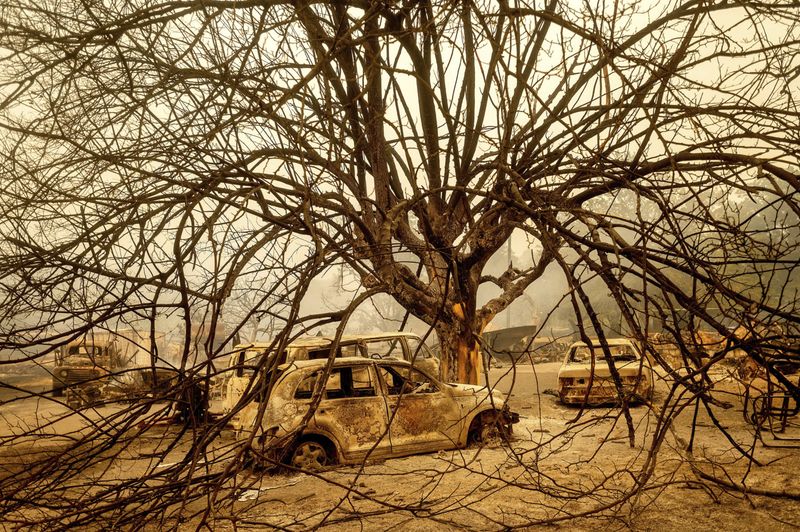
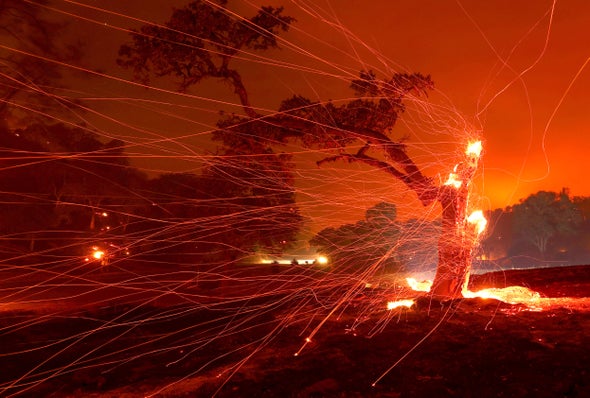


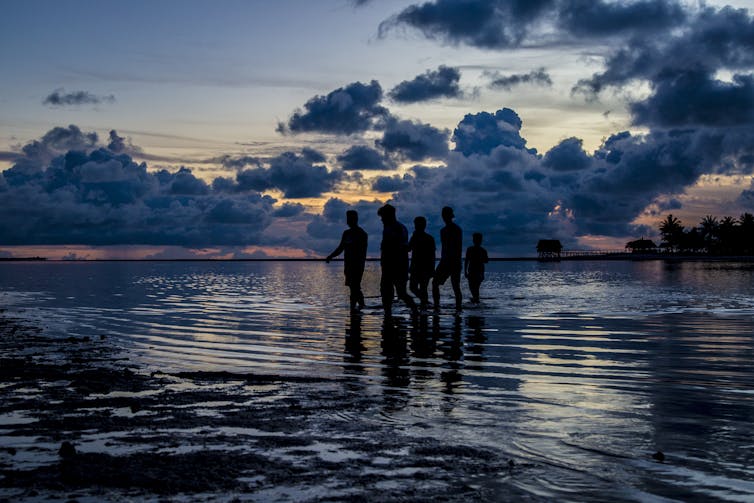






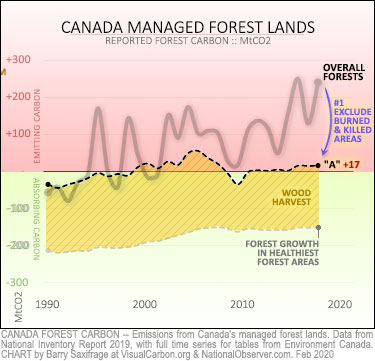

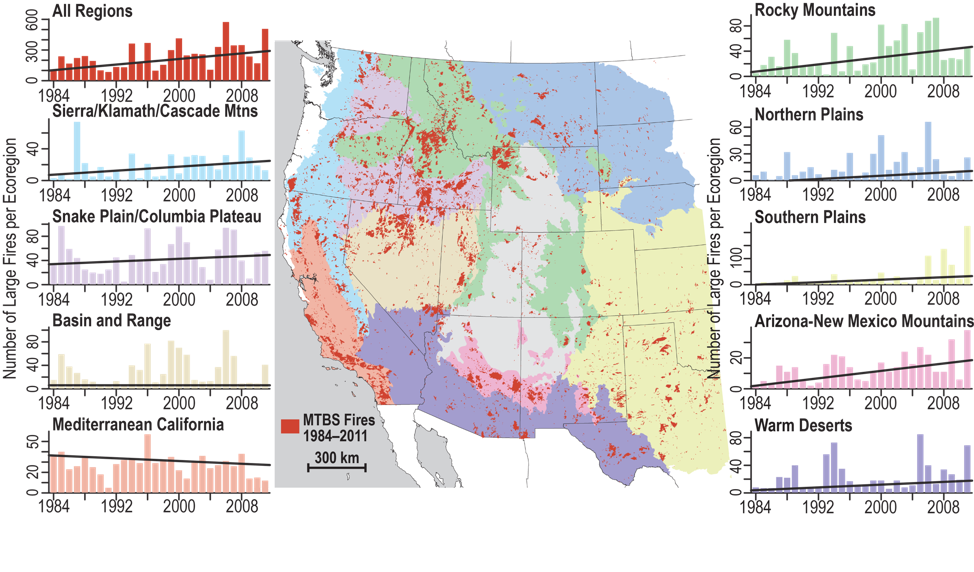

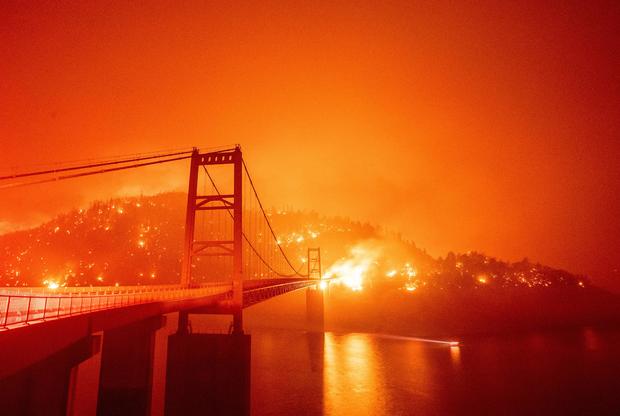
















 Caribou graze on the coastal plain of the Arctic National Wildlife Refuge, with the Brooks Range as a backdrop. Photo/Flickr/U.S. Fish and Wildlife Service Headquarters (CC BY 2.0)
Caribou graze on the coastal plain of the Arctic National Wildlife Refuge, with the Brooks Range as a backdrop. Photo/Flickr/U.S. Fish and Wildlife Service Headquarters (CC BY 2.0)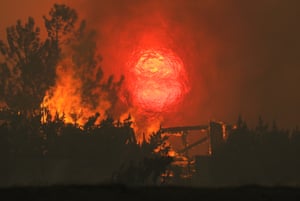
 Joëlle Pastora Sala, an attorney for the Public Interest Law Centre in Manitoba, which is representing the Assembly of Manitoba Chiefs, presents to the Supreme Court on Sept. 23, 2020. Photo SCC screenshot
Joëlle Pastora Sala, an attorney for the Public Interest Law Centre in Manitoba, which is representing the Assembly of Manitoba Chiefs, presents to the Supreme Court on Sept. 23, 2020. Photo SCC screenshot